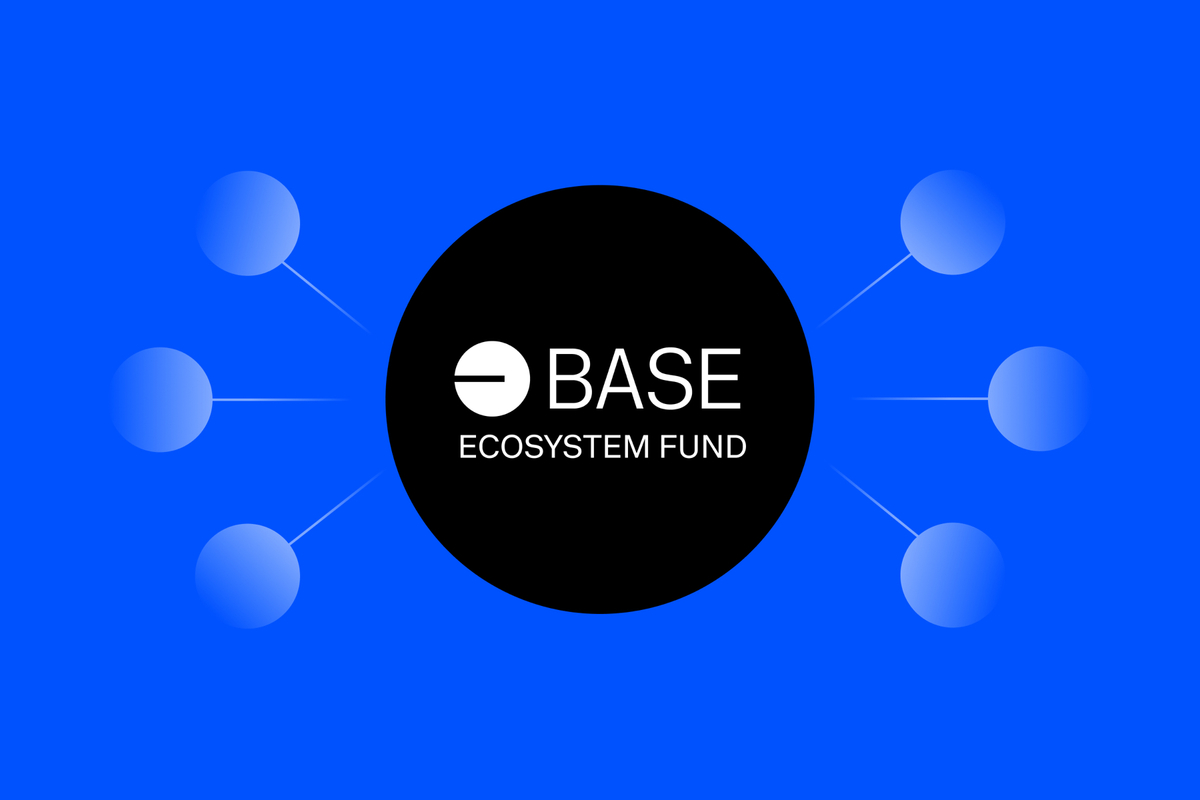If Buffett doesn't touch Bitcoin and gold, would you dare to vote for Bitfinex's LEO?
Most Bitcoin, gold buyers are motivated by the fear of currency depreciation, and this fear has proven to be correct over the past decade.
As Bitcoin returned to the near $6,000 price point, the entire cryptocurrency investment market has revived, and digital asset investment has once again attracted people's attention. Recently, the most interesting thing in the encryption market is that the Bitfinex exchange issues a LEO token worth 1 billion USDT. Is this a “bottom-hunting” investment opportunity for investors? Still will be "blood drawn"?
On the other hand, as one of the world's most influential investors, Warren Buffett rarely encourages people to invest in bitcoin and gold. At this year's Berkshire Hathaway shareholders' meeting, his dislike of bitcoin escalated again, claiming that bitcoin is a gamble, many fraudulent activities are related to it, and bitcoin is like a shell. It will produce any value, nothing can be done, and it is not an investment for him at all.

- Babbitt column | Coin East, new species?
- Babbitt interviews Zhao Dong | Bitfinex releases LEO to raise 1 billion, RenrenBit has opened an appointment
- The shadow bank hidden behind the currency, Bitfinex and Bitmex
If you want to know if you should invest in LEO tokens issued by Bitfinex and its affiliate Tether, let Planet Jun take you to understand why Buffett does not invest in Bitcoin and gold.
Warren Buffett: investing in other assets because people are afraid of banknotes
Warren Buffett only invests in productive assets—primarily stocks—that increase in value over time and are not related to trading media such as exchanges. You will find that investing in brands such as Coca-Cola and Dairy Queen will give you a sustained return, but the stock exchange itself will not make a profit because of the rise in stocks of these companies. In contrast, cryptocurrency exchanges can issue exchange tokens through IEO and profit from them.
Regardless of whether you recognize Warren Buffett's investment philosophy, he is using this to make Berkshire Hathaway the world's third-largest listed company by market capitalization and the top 10 global income company (and the world's highest income). Financial services company).
Warren Buffett believes that bitcoin and gold are both “non-productive assets”. The core of supporting this investment is that if someone is willing to pay for future assets more than the current fees, they will be able to make a profit. It does not produce any value by itself. As early as 2012, Warren Buffett mentioned in his letter to shareholders that the reason why people buy bitcoin, gold and other assets is because they are afraid of "banknotes." However, Warren Buffett admits that it is reasonable to have this idea:
“Most of the bitcoin and gold buyers’ motives are worried about currency depreciation, and in the past decade, this fear has proved to be correct.”
Bo silly theory
The Greater Fool Theory refers to people who are willing to pay a high price in the capital market because they completely ignore the true value of an asset because they expect a bigger idiot to spend a higher price. They bought this asset there. The most important reason that Bo silly theory tells people is that in this world, stupidity is not terrible, and terrible is to be the last fool.
As the price of bitcoin and gold rises, it is expected that more enthusiastic investors will buy these assets, and there will always be “more stupid” people expecting to continue to appreciate, Warren Buffett explained:
“The price increase itself has generated additional buying enthusiasm and attracted a large number of investors to enter. They will think that rising is an investment argument. In the bubble, a group of skeptical investors will eventually yield and buyers The group can even be expanded to allow the bubble trend to continue, but the bubble is a bubble after all, as the proverb says: "What the wise man does in the beginning, the fool does in the end."
So, is USDT worthy of our trust?
Last week, what happened to Bitfinex and Tether was estimated to shock the entire encryption community. In theory, the stable currency USDT issued by Tether should be anchored to the US dollar. Surprisingly, according to a lawsuit filed against Tether by the Office of the Attorney General of New York, USDT’s bank account did not support the equivalent of US dollar deposits, but instead loaned hundreds of millions of dollars to the cryptocurrency exchange Bitfinex, which recently Because of the freezing of funds in the banking service provider Crypto Capital account, there was a funding gap of up to $850 million.
Although Tether said that USDT has sufficient bank dollar deposit support, it still trades at a fairly small discount, and investors don't seem to worry. According to a cryptocurrency trader who asked not to be named, the encryption market does not seem to care much about Bitfinex's funding gap, and the community has had a great tolerance for the pain. “Interestingly”, as of this writing, the price of Tether (USDT) remains at around $1.
Why would such phenomenon happen? Let's first take a look at what happens when people use gold to endorse:
1. People have more gold, but they don't want to carry so much gold with them, so they leave gold for the goldsmith to keep;
2. The goldsmith quickly realized that people would not ask for gold at the same time, so they could lend some of the gold in their hands to others and charge interest;
3. At this time, the goldsmith's gold reserve is no longer the actual gold 1:1 support, but the actual gold + customer loan support.
4. In this mode, most things are fine: deposits are still supported by valuable assets: 1:1 anchor (or better). But the confidence of this system is not always perfect. If the borrower defaults, then the deposit (gold) may not be fully supported, and bad things will happen.
Sounds like, is it a bit like USDT?
You have built confidence in the stable currency USDT and give it a stable value of $1. It also promises that each stable currency has a $1 endorsement in the bank account. People believe that you will start using stable currency as a substitute for the US dollar and trade at a stable price of about $1. Over time, the concept of “USDT worth $1” is not only because it is fully supported by the dollar, but also because it is expected to be worth $1 and that it is worth $1.
At this point, if you are Tether, you will definitely be the same as the "Goldsmith". I feel that it will be a waste to lock all the dollars into one bank account, so it is not a waste, so why not borrow from "reasonable commercial conditions". Part of the USDT, and then make more money? Not everyone will convert the USDT on the US dollar into US dollars at the same time. In particular, the stable currency is more stable in the volatile market. Many people prefer to hold and retain stable currency. If Tether can ensure that normal redemptions are not affected, it is entirely possible to lend a portion of the USDT as the “goldsmith”.
If USDT is still trustworthy, is LEO worth investing?
Here, we are not “washing white” for Tether and Bitfinex. After all, they did not disclose information to Bitfinex trading platform users and USDT holders in time. However, Tether did disclose on its website support for other assets and receivables such as reserves, loans, etc., although the time interval for disclosure was somewhat long.
Now, Bitfinex has revealed that it will raise LEO tokens worth 1 billion USDT, and the fundraising method only accepts USDT. The purpose of this approach is very obvious. On the one hand, it can solve the problem of USDT issuance, and it can also alleviate the funding gap caused by the $850 million freeze.
Well, if you can understand the meaning of the USDT financial level, combined with Warren Buffett's so-called "productive assets" investment philosophy, you must have a certain judgment on whether to invest in LEO tokens.
This article from Bloomberg, the original author: Matt Levine, the translator: Moni
Source: Planet Daily
Violation of laws and regulations
We will continue to update Blocking; if you have any questions or suggestions, please contact us!
Was this article helpful?
93 out of 132 found this helpful
Related articles
- POS mortgages make money look good, but there may be fatal loopholes?
- Why does the betting DAPP do not need to be issued?
- Analysis of the market: On May 1st, the fixed investment in multiple positions will gradually reduce profits, and the bag will be the king.
- Getting started with blockchain | What is a 51% power attack?
- Money Anhe: To subvert yourself, instead of waiting for others to subvert | Chain node AMA highlights
- Huawei enters the blockchain, the three giants are fighting
- Unless Aoben Cong can sleep for a year, he is not Nakamoto.






